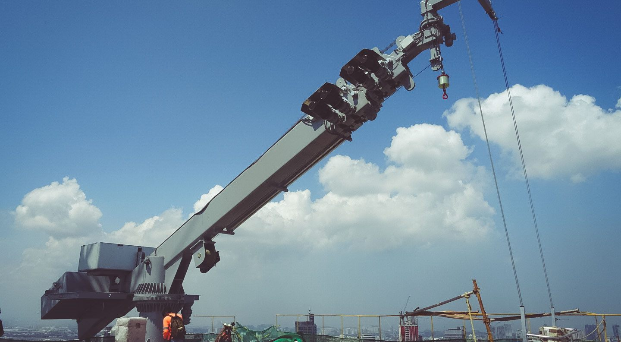In the realm of modern architecture and urban development, maintaining the pristine appearance and structural integrity of high-rise buildings is crucial. One of the key innovations that facilitate this upkeep is the Building Maintenance Unit (BMU). Let’s delve into what BMUs are, how they function, and why they are essential for today’s architectural landscape.
What is a Building Maintenance Unit (BMU)?
A Building Maintenance Unit, commonly referred to as a BMU, is a specialized crane-like system designed to perform maintenance tasks on building facades. Mounted on a building’s roof or facade, a BMU features a platform that moves systematically along the building’s surface. This platform, often extending over 2 meters, is supported by a multi-layer drum hoist and multiple wire ropes, ensuring stability and safety during operations.
Components and Design of BMUs
The core components of a BMU include:
- Platform: The working platform where maintenance personnel operate.
- Multi-layer Drum Hoist: Provides the lifting mechanism for the platform.
- Wire Ropes: Four separate wire ropes ensure even distribution of weight and movement.
- Auxiliary Hoist: Often included for specialized tasks such as glass replacement or heavy-duty maintenance.
These components are meticulously integrated using standardized components, ensuring that BMUs can reach and maintain all parts of a building’s facade, even those with an outreach exceeding 30 meters.
Types of BMUs
BMUs range from basic models to sophisticated modular systems tailored to specific functional requirements. Basic models are designed for straightforward maintenance tasks, while modular systems offer versatility and efficiency for more complex architectural structures.
Operational Aspects
BMUs primarily operate on a building’s exterior but can also be utilized for courtyard and atrium wall maintenance. They enable precise maneuverability, allowing maintenance teams to access difficult-to-reach areas without disrupting building occupants or traffic below.
Safety and Standards
Safety is paramount in BMU design and operation. BMUs adhere to stringent European (EN1808) and North American (Machine Directive 2006/42/CEE) standards. Before deployment, these units undergo rigorous testing and design calculations using cutting-edge software to ensure reliability, efficiency, and compliance with safety regulations.
Future Trends in BMU Technology
As technology advances, so does the innovation in BMU systems. Future trends include enhanced automation, improved safety features, and integration with building management systems for seamless operation and maintenance scheduling.
Takeaway
Building Maintenance Units (BMUs) play a pivotal role in the maintenance and preservation of modern architectural marvels. By integrating advanced BMU systems like those offered by FBA Gomyl, architects, builders, and consultants can ensure efficient maintenance operations while upholding the highest standards of safety and functionality.

